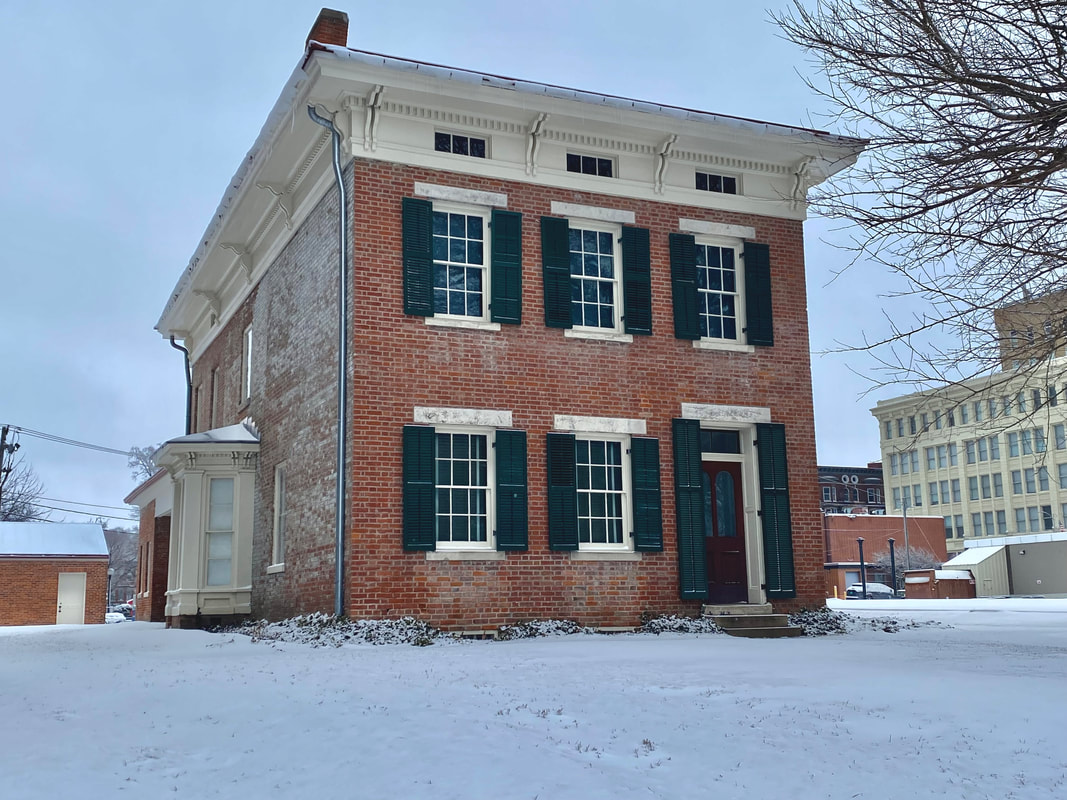 The Dr. Eells Underground Railroad Home is once again welcoming visitors for an open house this February. Step back in time to a tumultuous moment in Quincy’s history when the town was on the front lines of the fight against slavery. The Dr. Eells home, located just 4 blocks from the Mississippi River, was the first stop for many escaped enslaved people on their road to freedom. Visitors will learn about Quincy’s role in the abolition movement and what it was like to live in a free state bordered by a slave-holding state in the early 1800s. Article by John Cornell, President of the Friends of the Dr. Eells House. Edited for length and clarity by Arts Quincy. It may be difficult for many of us to imagine Quincy in the 1800s, but once upon a time, our sleepy little river town was a hotbed of political intrigue. People here risked their own fortunes and safety in the pursuit of helping others. Their goal was to help all men and women to be free from the evils of slavery. Dr. Richard Eells and his wife moved to Quincy in 1833 from the east coast. He brought with him a strong religious fervor that included his belief that slavery was an abomination that must be eradicated. Quincy was on the doorstep of Missouri, which was a a slave-holding state at the time, and many believe Eells moved to Quincy with the express intention to be on the front line of the fight against slavery. Quincy in the 1830’s and 1840’s was a frontier city, but its location on the Mississippi River exposed it to many travelers who might be traveling with enslaved people, so it was not uncommon to see them here. Also, because of a state law in Illinois that required escaped enslaved people be returned to their slavers, simply crossing the river into Illinois was not enough for people to secure their freedom. Nearly one in four residents of Missouri at the time was held in slavery. In 1835, Eells, along with a man named Henry Snow, formed the Antislavery Society of Adams County. Its charter stated: Whereas we, the undersigned citizens of Adams County in the State of Illinois, feeling deeply impressed with the sense of the awful sin of slavery as sanctioned by the laws and unblushingly practiced by many in these United States, and feeling conscious as we do that it is in direct violation of the Laws of God…and of the first principles of our republican institutions; that the continuance of it is highly dangerous to our civil and religious Liberties; and that we cannot conscientiously discharge our duty to our God and to our fellow men without giving our Public and united testimony against it. The following year, another religiously-motivated abolitionist named David Nelson moved to Quincy after he was caught distributing antislavery literature in Missouri. Nelson came to Quincy hoping to open a school to train missionaries. He eventually opened the Mission Institute near 24th and Maine Streets, and sent students west to do mission work with both frontiersmen and Native Americans. With their shared beliefs, Nelson and Eells became friends and worked together to take direct actions to erode the institution of slavery.
In one interesting example of this work, people from the Mission Institute actually went into Missouri and directly tried to talk enslaved people into leaving with them to embark on the road to freedom through Quincy. This was such a novel idea that the people were confused and thought the missionaries were trying to take them away and sell them to other farms. Although this attempt ended in failure and the arrest of the missionaries, it did show some Missouri enslaved people that there were people across the river wiling to help fight for their freedom. Antislavery efforts continued to flourish in the Quincy area and abolitionists worked to move people along the Underground Railroad through Illinois and eventually toward Canada. On a hot August night in 1842, a man named Charles fled a farm near Monticello, MO and was making his way across the river and toward the Eells home on a bid for his own freedom. Word of a runaway had already reached Quincy, so by the time Charles made it across the river, there were people waiting to help him. Barryman Barnett, a free black man, found Charles and took him to the house where Dr. Eells lived - the first station on the Underground Railroad. Eells immediately got dry clothing for Charles and they left by carriage for the Mission Institute where he could be hidden before their next stop. Unfortunately, a posse was out looking for Charles in order to collect a reward for his capture, and after a brief escape, Charles was apprehended and sent back to Missouri. Dr. Eells made it back to his residence without being caught with Charles on his wagon, but the sheriff collected evidence including Charles’ wet clothes and a lathered horse saddle that would lead to Eells’ arrest and prosecution. He was brought to trial was found guilty by judge Stephen Douglas, who would debate Abraham Lincoln just a block from the Eells home a few years later. Eells’ verdict was upheld in the Illinois Supreme Court the following year. Several years after Dr. Eells died, the case was taken up by the US Supreme Court where the verdict was again affirmed, however, in 2014, then-Illinois Governor Pat Quinn posthumously awarded Eells and several other notable abolitionists clemency. “These early warriors for freedom put everything on the line to help their fellow man, and their civil disobedience paved the way for civil rights,” Quinn said in a release at the time. “Clearing their criminal records...shows how far we have come, but reminds us all that we should fight injustice wherever we find it.” Quincy and Dr. Eells were part of a major political battle in the United States in the mid 1800’s related to the Abolitionist antislavery movement. It is important that modern Quincians have the opportunity to view this home and learn about the important role our city played in the fight for freedom for all. After a COVID hiatus last year, the Dr. Richard Eells House is excited to once again host its annual Black History Month Open House. This free event will be at the Dr. Richard Eells House located at 415 Jersey St., Quincy, IL, on Sunday, Feb. 20 from 1-4 pm. This year’s event features speaker Kerry Anders, a local businessman and academic administrator. The event also welcomes back Mett Morris. Morris will share stories and perform inspirational and folk songs from the period. The home will also be debuting a newly-produced 15 minute video telling the story of the Eells House and discussing the local activity of the Underground Railroad and Abolitionist Movement. Refreshments will be provided by Kristina Dula, owner and pastry chef at Brown Sugar Pastries. There will also be heavy hors d’oeuvre and Pepsi products. The event is free to attend, but donations for the upkeep of the home are greatly appreciated. The Friends of the Dr. Richard Eells House is a nonprofit entity and tax deductible donations can be mailed to Friends of the Dr. Richard Eells House, PO Box 628, Quincy, IL 62306. Normal operating tour times are each Saturday from April through November, 1-4 p.m. Group tours can also be arranged by appointment. The Annual Membership Meeting is also open to the public and will be held on Tuesday, Feb. 22 at 4:30 pm at the Eells House.
0 Comments
Leave a Reply. |
Archives
June 2024
Categories |

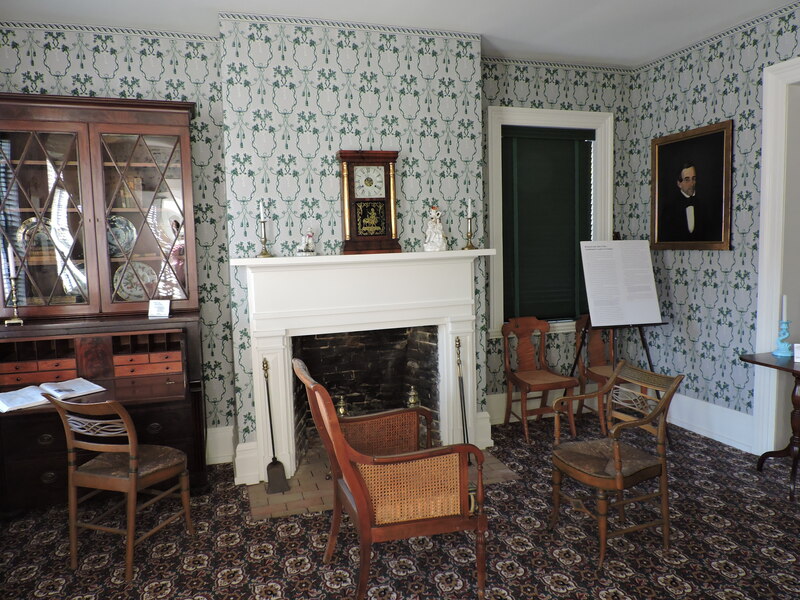
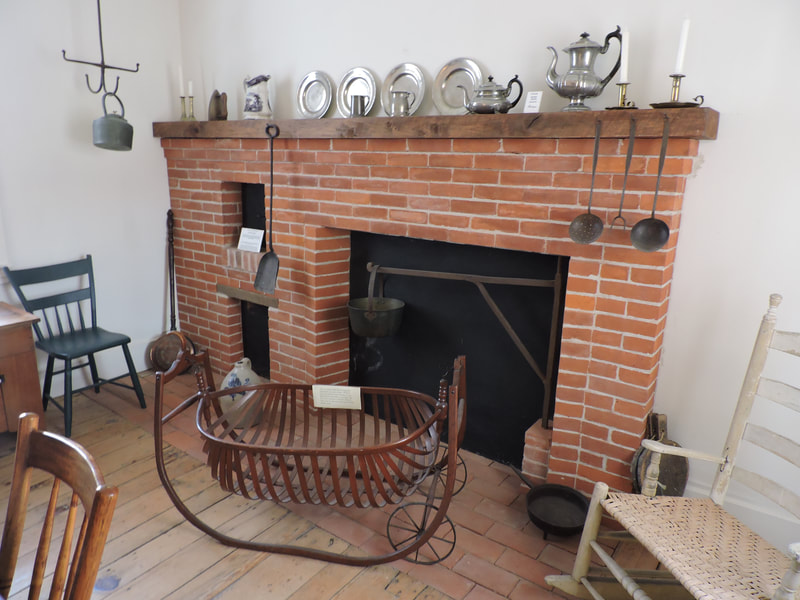
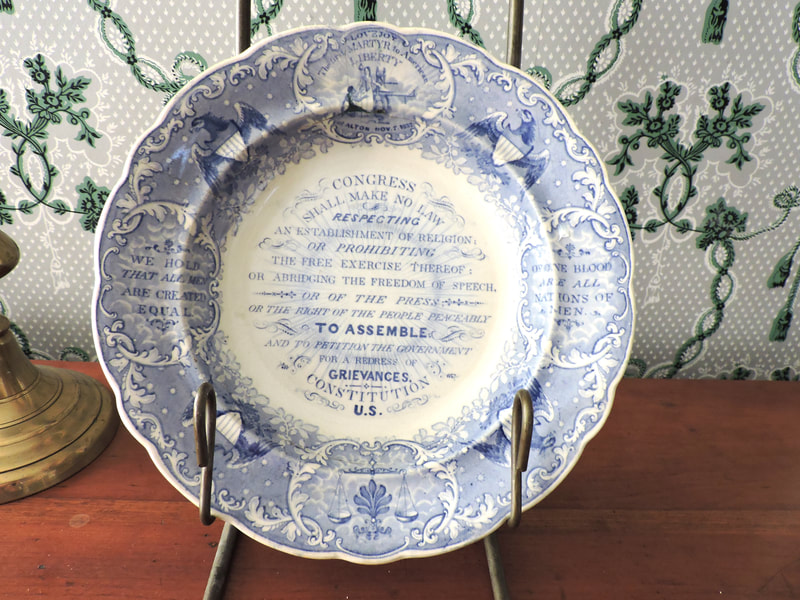
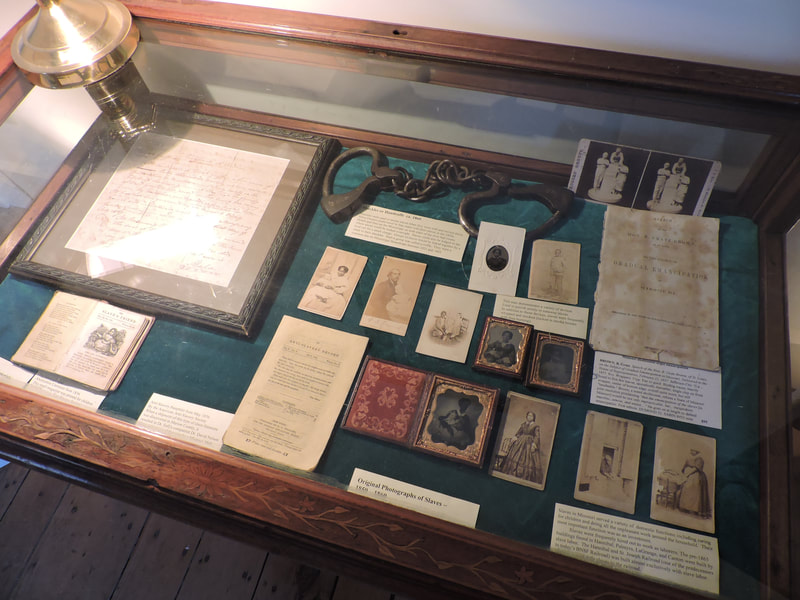
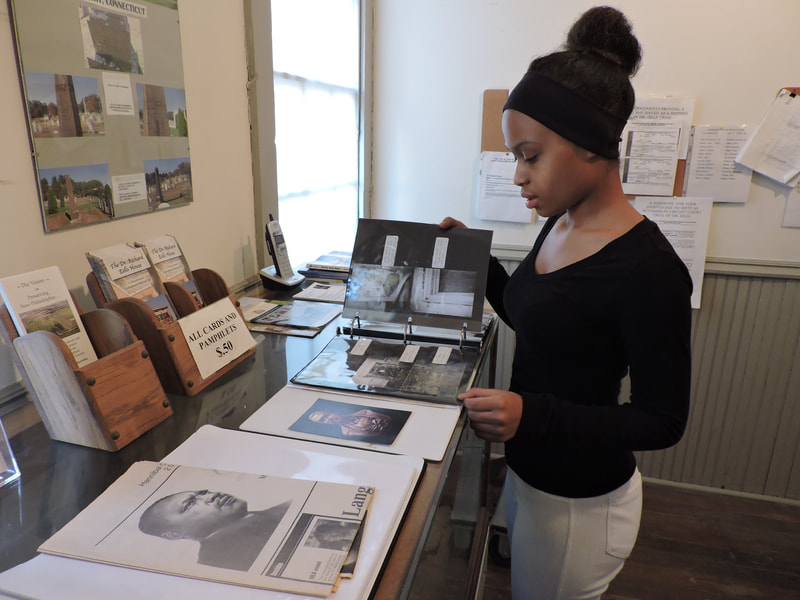
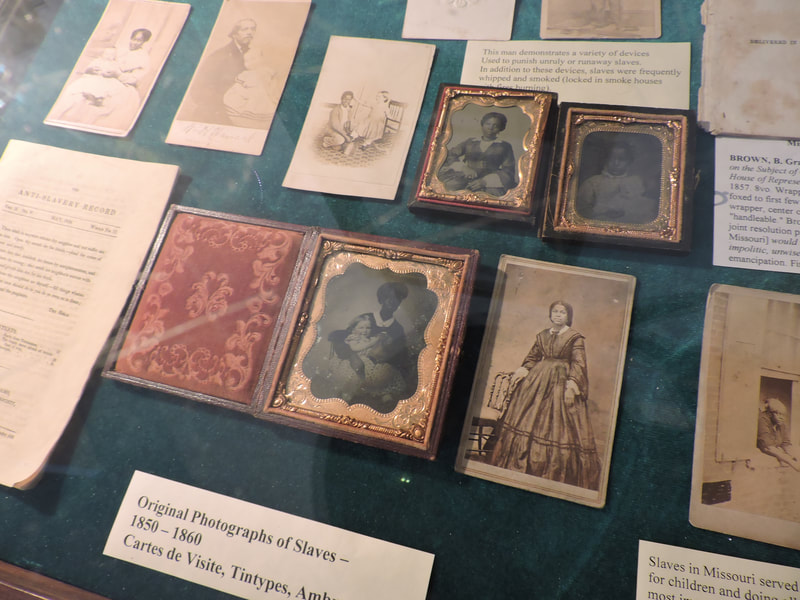
 RSS Feed
RSS Feed
